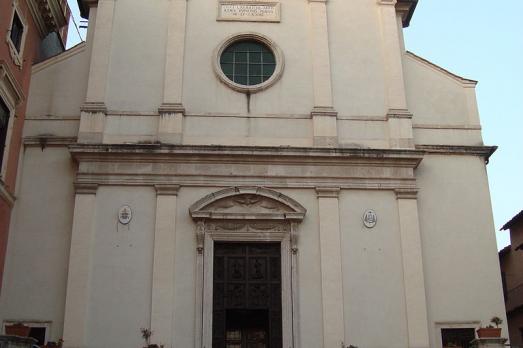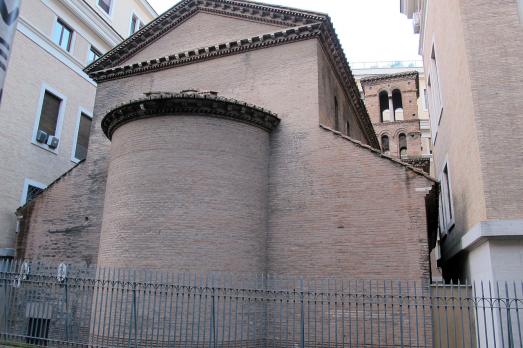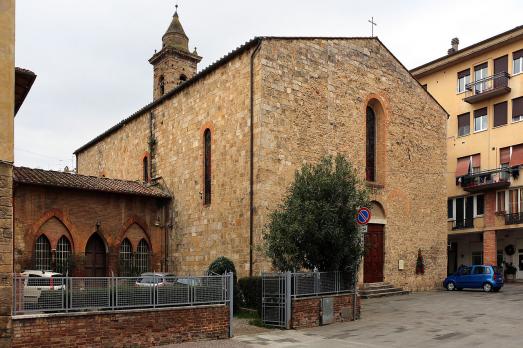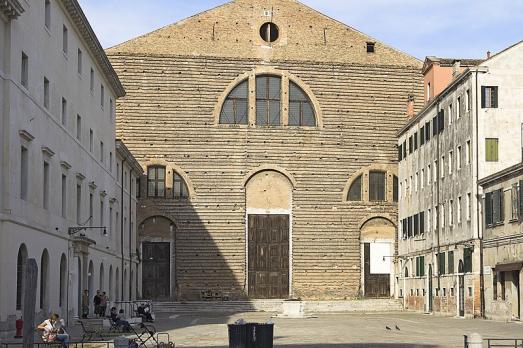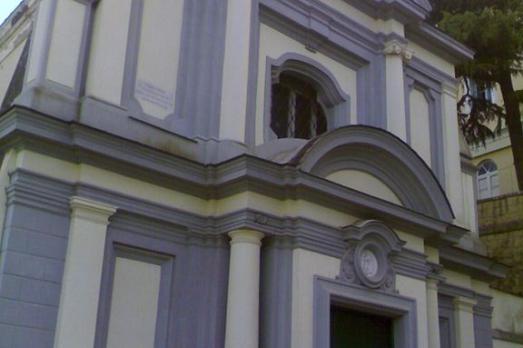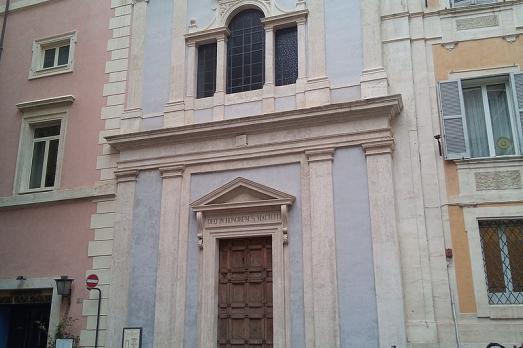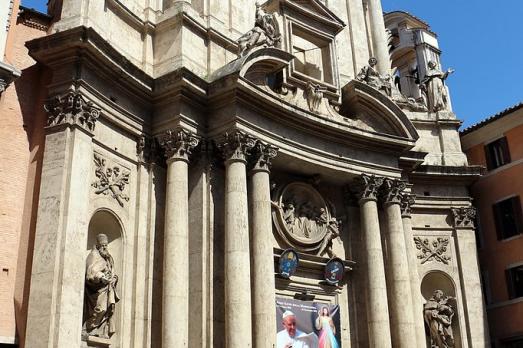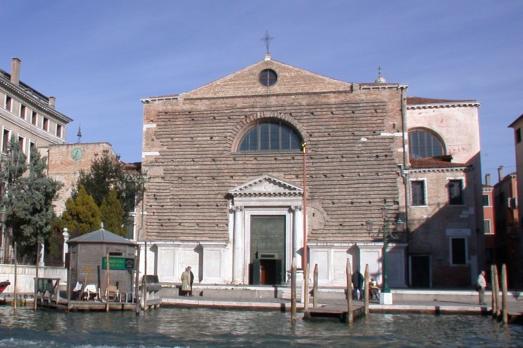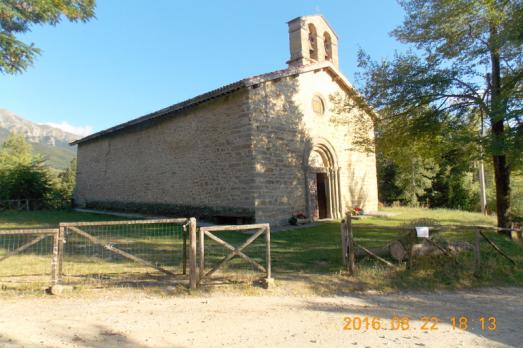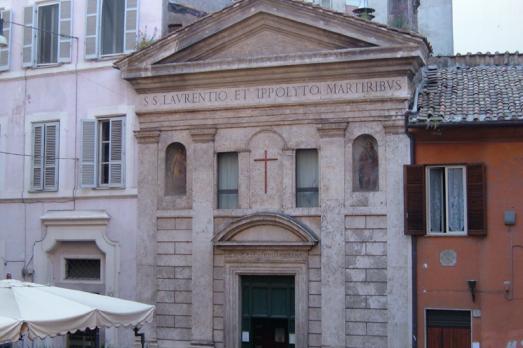
Chiesa di San Lorenzo in Fonte
Roma, IT
The church of Saints Ippolito and Lorenzo in Fonte, better known as San Lorenzo in Fonte, is said to have been built over the house of the centurion Hippolytus, where the deacon Lorenzo was held prisoner, and that he was able to baptize his jailer by miraculously causing a spring to flow, which can still be seen in the church basement. The church is first mentioned in 1348. In the 13th and 14th centuries, it was inhabited by Benedictine monks and nuns. The present church was built in 1543 at the request of the Spanish Cardinal Juan Alvarez de Toledo. In 1624, at the request of Pope Urban VIII, enlargement work was carried out by the architect Domenico Castelli, known as Fontanino.
